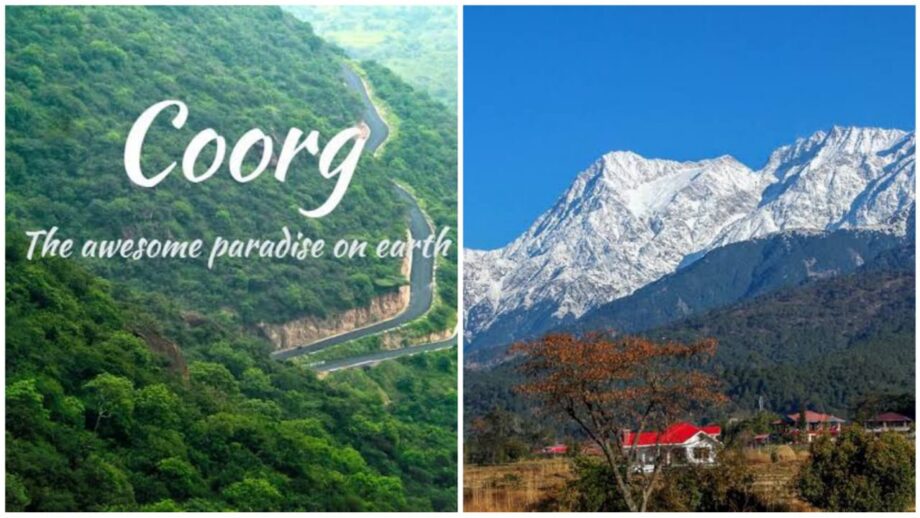Below is a selected list of some quirky spots in India that are the greatest off-season locations to explore for each phase of the year to offer you a jumpstart on the new year! Travelers who despise being stuck in a tourist hotspot now have an even better incentive or season to visit their favorite places. Remove them from your to-do list and continue exploring!
1. Leh is an excellent place to begin the year. Winter is in full swing, and there are no visitors to be found. Because the monasteries are open all year, January is the greatest time to see them without the crowds. Thiksey and Hemis are two of Leh’s most well-known monasteries. If you’re lucky, you might be able to travel to Pangong-Tso and witness the frozen solid lake. Acclimatization takes at least two days, so make your vacation approximately seven days long. Hotel expenses will be modest; you will just be required to pay the entire fare for the cab you take to get about. Leh is an excellent off-season getaway in India.
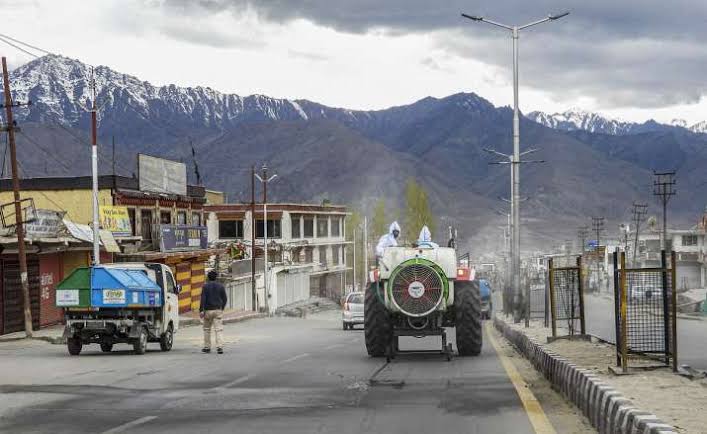
2. Palampur is recognized as the tea center of northern India, and it is located in the Kangra valley, close to the Dhauladhar hills. Exploring the tea plantations and partaking in paragliding are the greatest things to do in Palampur during the off-season. Palampur is known as India’s greatest paragliding site, and we should make full use of it! The Chamunda Devi Temple and the Baijnath Temple are also worth seeing. Palampur is ideal for those searching for a peaceful retreat away from the crowds of visitors.
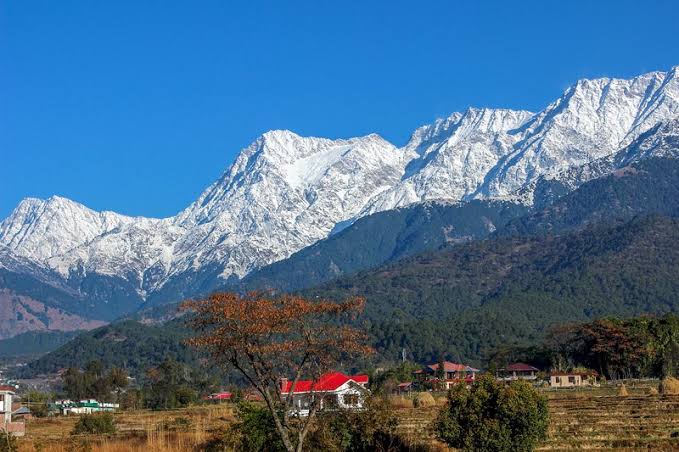
3. The Rajiv Gandhi Tiger Reserve also called the Nagarhole National Park, is one of the greatest tiger reserves in India and is home to the government’s most tigers. Because of the rising temperature and the onset of the rain, April is considered off it for visitors. The evenings, on the other hand, are exceedingly lovely and compensate for the warmth of the day. Throughout this period, tigers go-to sources of water to satisfy their thirst, making it easier to detect them. Around the wildlife sanctuary, there are a variety of lodging alternatives.
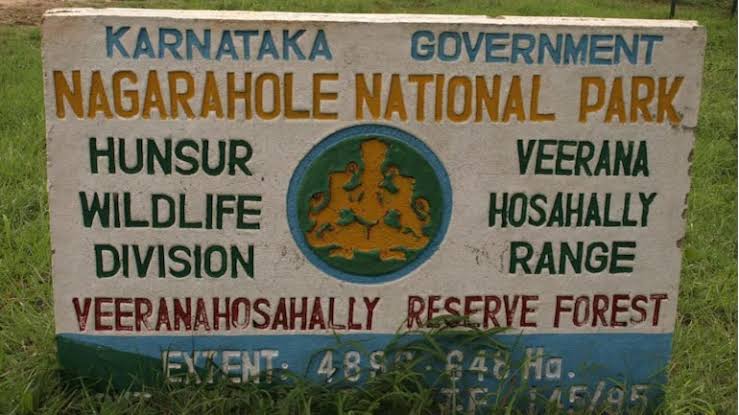
4. Visit Ranikhet right before the tourist season begins, since this is the greatest time to relax and unwind in this picturesque small hill town. Near Ranikhet, there are several tourist sites, including the Jhula Devi temple, which has around a hundred bells suspended on the ceiling and outside the temple. The road between the Kumaon Museum and the Binsar Mahadev shrine is breathtaking.
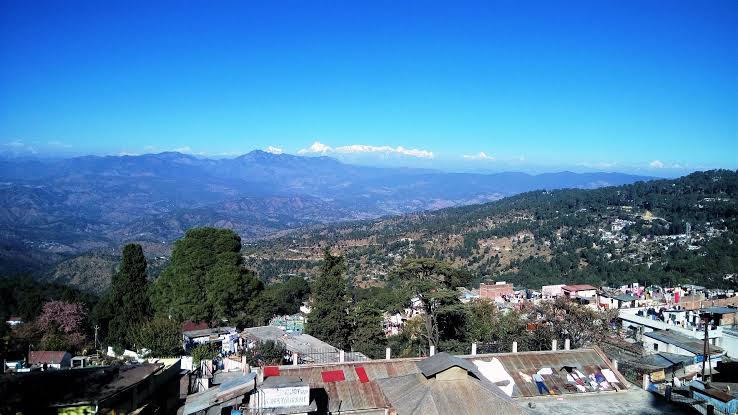
5. Coorg is a great rainy location since it gets a lot of rainwater in June. In this town, the rainy season begins in June, which is also the greatest time to witness a waterfall in full swing. By night, the beautiful weather has turned fairly chilly. The Monastery Falls are a sight to see! Ensure to include this on your list of off-season locations to visit in India that has been on your wall for years!
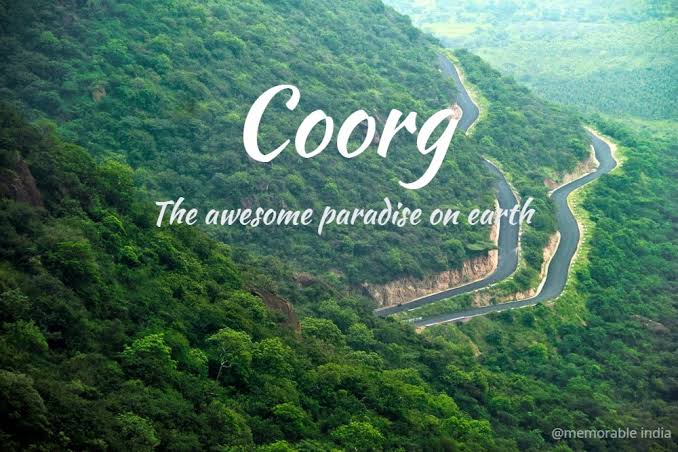
6. This teeny-tiny hamlet is progressively gaining popularity in northeast India. Ziro is surrounded by rice paddies, bamboo groves, and wheat fields, with mountains in the distance. By nighttime, the mist has settled in the valley and has lifted by early dawn, giving the countryside an enchanting appearance! Getting to Ziro is an experience in and of itself; Ziro is a distant, unique, and off-the-beaten-path destination that requires rough travel! Best for travelers who want to discover new locations.
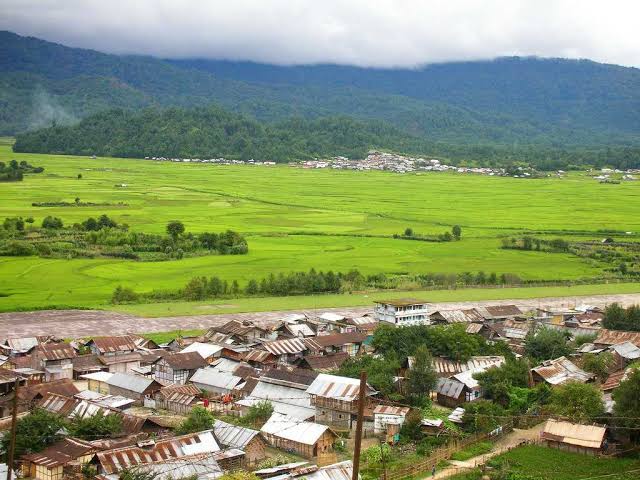
7. Because most people avoid the snow and cold that Manali has to offer in March, this is the perfect time to visit during the off-season. In March, Old Manali celebrates Holi in a very traditional manner, and it is the highlight of any tour at this time. You may celebrate Holi with organic colors and have chhang with the locals in this very off-the-beaten-path location. During this period, the Hadimba Temple will also be available to tourists. If you’re feeling brave, you can go skiing or hiking.
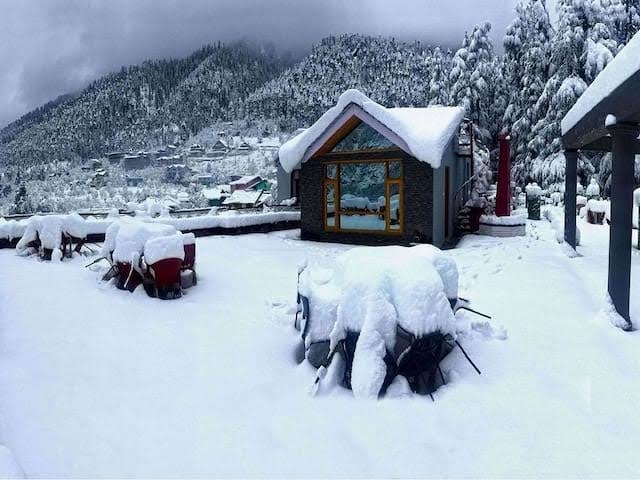
8. Dzongu is a tiny town in North Sikkim that is on the Kanchenjunga Biosphere Reserve’s eastern boundary. Because January is not the peak tourist season, Dzongu will be relatively vacant and lodging will be plentiful. Go on an early morning trip with a local guide to observe the Kanchenjunga summit and the surrounding ridgeline, which are both plainly covered in snow. The Rongyung Chu River and the Tholung Monastery are also worth seeing. The Lepcha Museum and Tingvong village are among the numerous additional attractions in Dzongu.
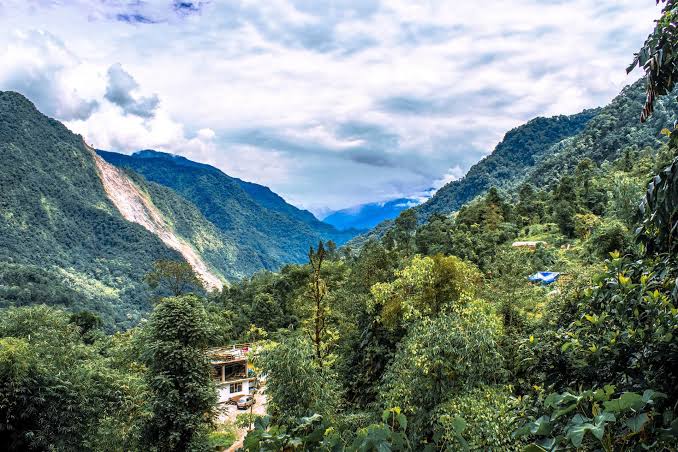
Source: tripoto.com

